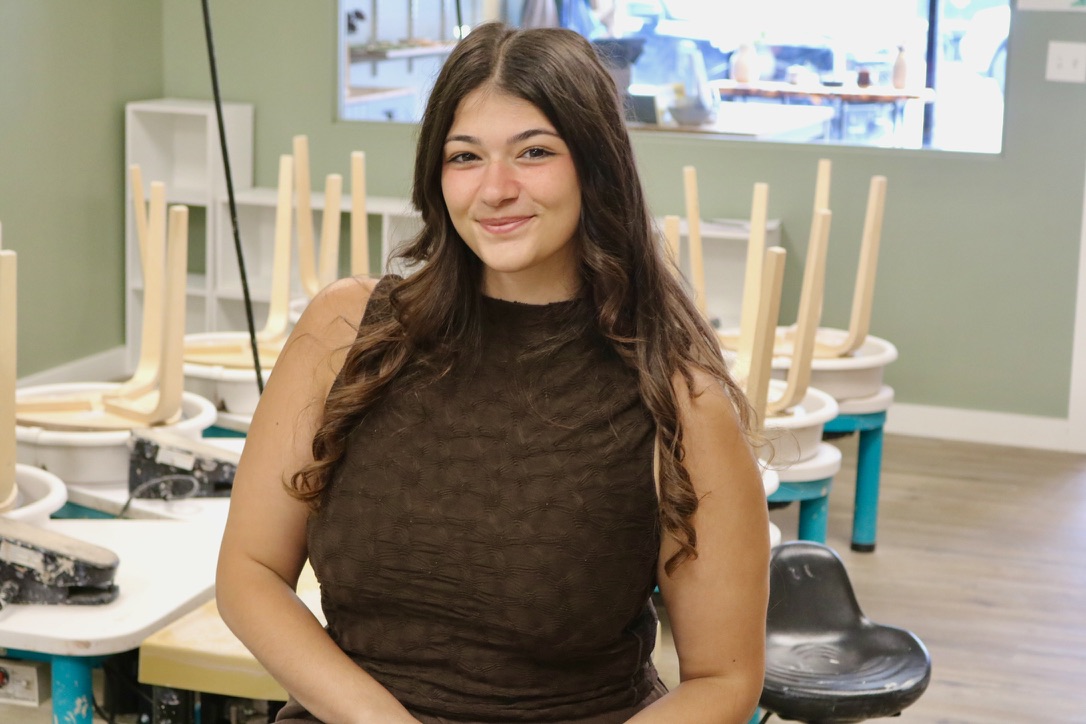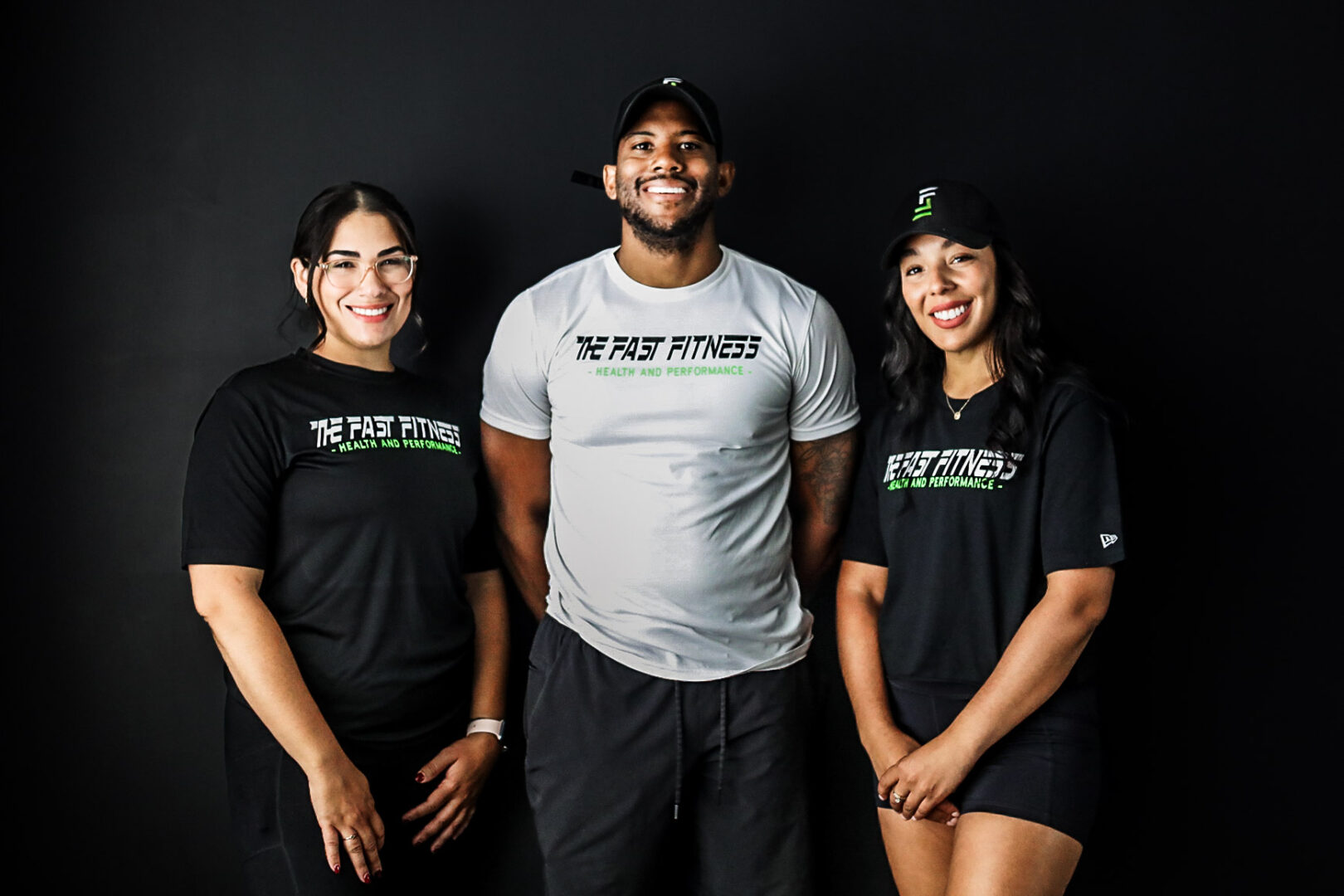Alright – so today we’ve got the honor of introducing you to Nuoya Liu. We think you’ll enjoy our conversation, we’ve shared it below.
Nuoya, so excited to have you with us today. So much we can chat about, but one of the questions we are most interested in is how you have managed to keep your creativity alive.
My creativity is a celebration of my memories and a visualization of nostalgia, linking the past with the present for a new experience. Through this celebratory process, I give form to my recollections, transforming intangible memories into tangible works of art that keep my creativity alive. Printmaking is one medium through which I give form to my experiences.
People’s different interpretations of my work become new perspectives for me. When I start creating a work, I just follow the mood of the moment and the memories that flow through nostalgia. The consequence of this was that halfway through the piece I would suddenly lose track of what I was trying to say, and I would have to stop and rethink or get stuck in the middle of the piece and not be able to continue. After a few losses I decided to have a tea break and chat with close friends. In a relaxed environment, I especially like to gather different opinions and suggestions on my work from friends in between conversations. I realize my friends come from all over the world, with very different life experiences and a variety of personalities. This allows me to understand my work from different perspectives. These casual jokes or comments are then organized to help me brainstorm for new works. I really appreciate all these generous friends and my hard work to keep my creativity alive and be part of my celebration.


Appreciate the insights and wisdom. Before we dig deeper and ask you about the skills that matter and more, maybe you can tell our readers about yourself?
I’m a printmaking student at the School of the Art institute of Chicago. I love the subtle differences that occur between each print during the hand printing process and the freedom to mix the colors yourself. This makes each one unique.It’s like remembering those memories every time you have a different feeling depending on the stage of life and the mood of the moment.I hope that there is no standardized interpretation of my work, but rather that people will use my work as a bridge to their own past, creating a unique memory of their own.
Since last year, I’ve been working on my printmaking series “Shunxi”. “Shunxi” means that everything in the world is changing rapidly with time, flashing in different moments. Through this series, I hope to explore the value of the fleeting moments that pass us by for us to remember and contemplate in the present and the future. I would like to visualize the impact of time on our memories, using printmaking techniques, such as screen printing, photolithography, and photography.
The “Shunxi” series is inspired by a photo album that was kept in my house.
The album is full of photos from the time I was born to the age of three. The humidity of Shanghai had made the edges of the album a bit moldy, the edges were slightly yellowed, and it smelled old. I was staring at the photos in the album, and I was surprised and touched by every moment of my growth that my father had captured with his camera. I seemed to reconnect with that moment, as if I had returned to myself as I looked forward to growing up. But now, looking at the photos, I miss every moment that was recorded, and I want to go back to that small body and be a happy, carefree child again.

If you had to pick three qualities that are most important to develop, which three would you say matter most?
The most impactful qualities in my journey are: staying open-minded, tolerance of mistakes, and happiness.
I believe the most effective way to gain knowledge and improve your skills is to remain open-minded and willing to learn from others. It has nothing to do with status, education level, or wealth—it comes down to a genuine desire to grow. A closed-off, exclusive mindset is narrow and limiting, like living in a bubble and mistaking it for the entire world. People can easily become complacent, especially after achieving some level of success. But past accomplishments alone are not enough. We must continue to learn, adapt, and evolve, or we risk falling behind.
This mindset has been reinforced through my experiences with printmaking. The process of creating prints is both rigorous and meticulous; even the smallest misstep can lead to unexpected results and a final image that looks nothing like what was originally planned. In many ways, it mirrors life itself—uncertain and unpredictable, shaped by choices that may seem minor but end up shifting our entire path. What printmaking has taught me most is not to dwell on mistakes, but to accept them, adapt, and keep moving forward. Embracing new possibilities, even in the face of setbacks, has been one of the most important lessons I’ve learned.
At the same time, I’ve come to value happiness as a guiding principle in my life. I wouldn’t call myself a hedonist, but I do believe that all the effort and exhaustion I endure is ultimately in pursuit of those rare, authentic moments of happiness. For me, that happiness comes from personal growth—knowing that I’m doing better than I was before—not from chasing external validation or conforming to society’s standards of success. If I were to spend my life trying to meet someone else’s expectations, I wouldn’t be living authentically. I’d be performing someone else’s idea of happiness, and that would be a waste of my time and potential. Living by my own values also helps protect me from emotional burnout, especially the kind fueled by anxiety and pressure to compete with others.
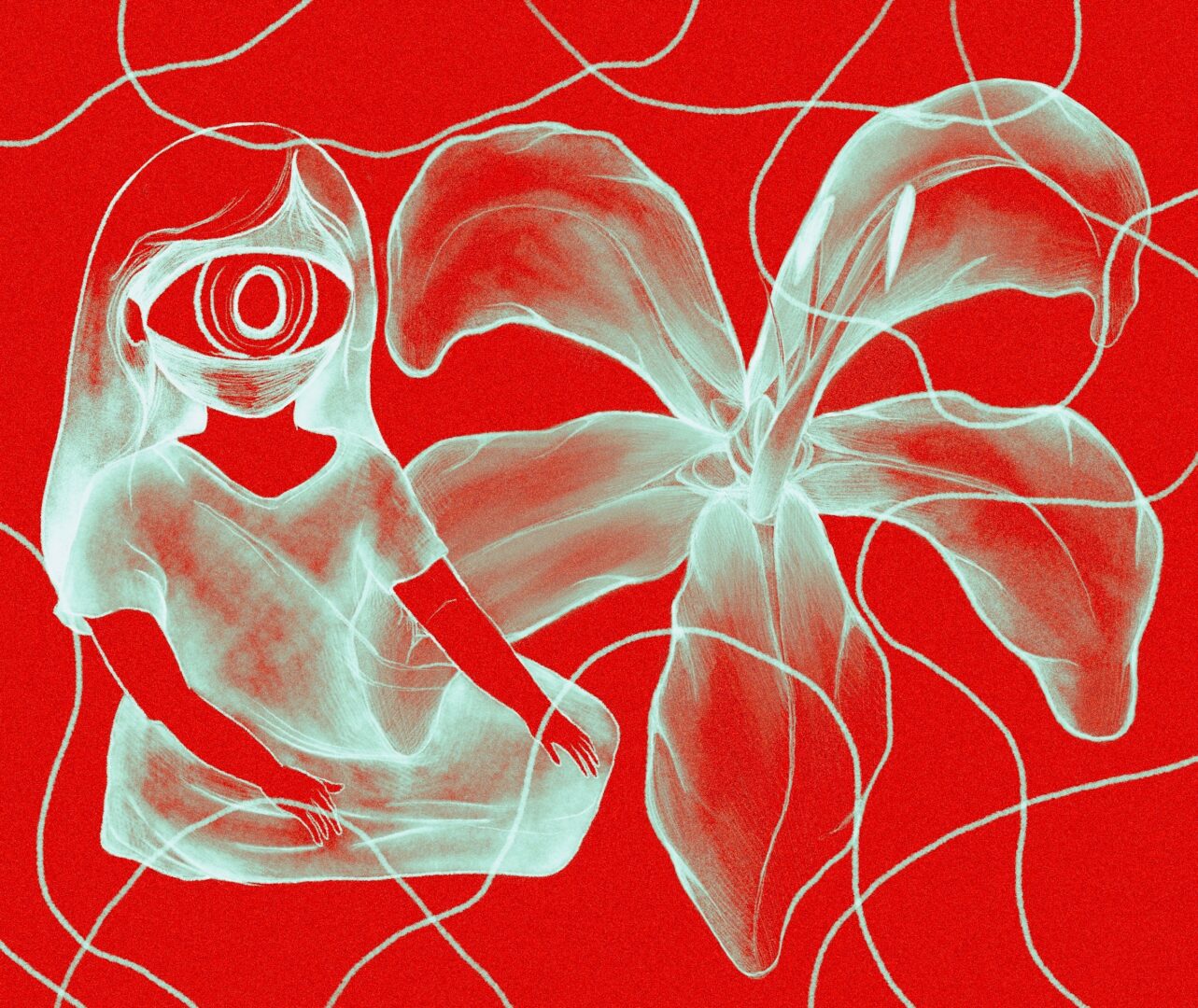
Before we go, any advice you can share with people who are feeling overwhelmed?
I often feel overwhelmed during the process of creating art, but I don’t see it as a bad thing. Most of the time, once I work through that feeling, the challenges I face while making my work tend to resolve themselves along the way. To manage this, I’ve gotten into the habit of making to-do lists for everything I need to get done. Seeing my tasks laid out helps me visualize my progress, stay organized, and ease my anxiety. When everything is clearly listed, it feels less chaotic, and I can create a more efficient plan to manage multiple tasks at once.
Contact Info:
- Website: https://nuoyaliu.cargo.site/
- Instagram: @esperneedscoffee
- Linkedin: https://www.linkedin.com/in/nuoya-liu-8096051ba/
- Other: Rednote: 2639764324


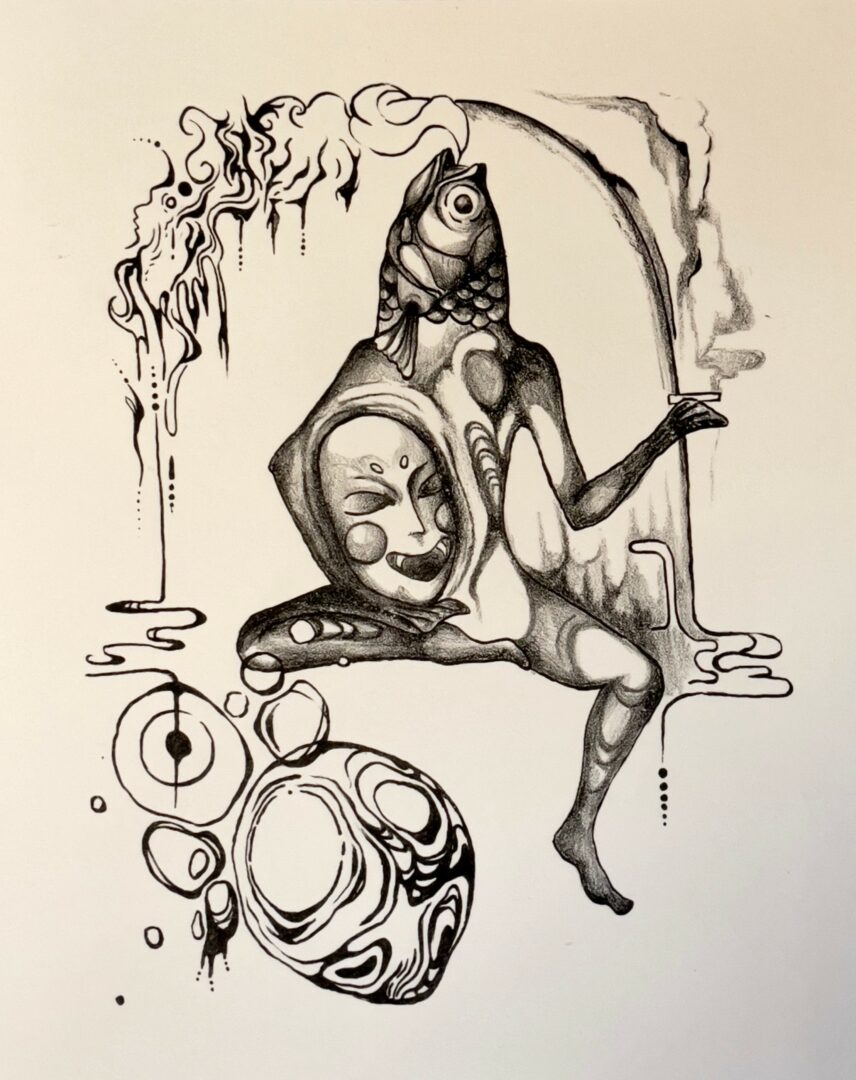


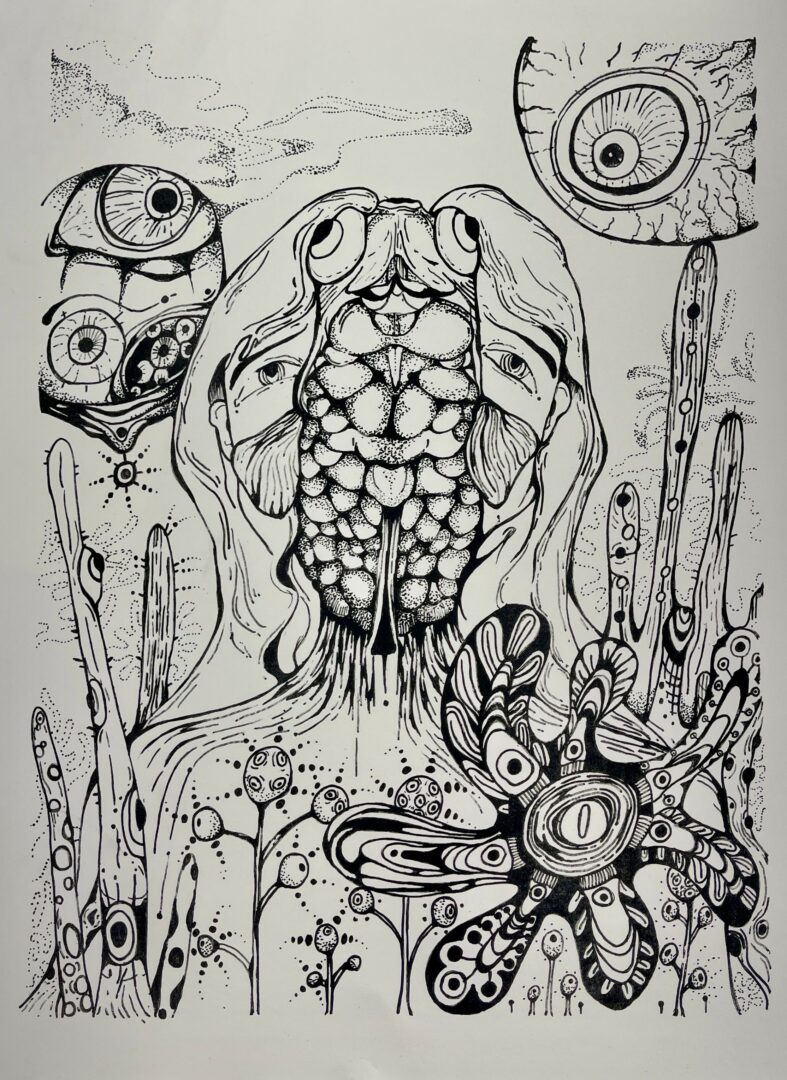
so if you or someone you know deserves recognition please let us know here.



